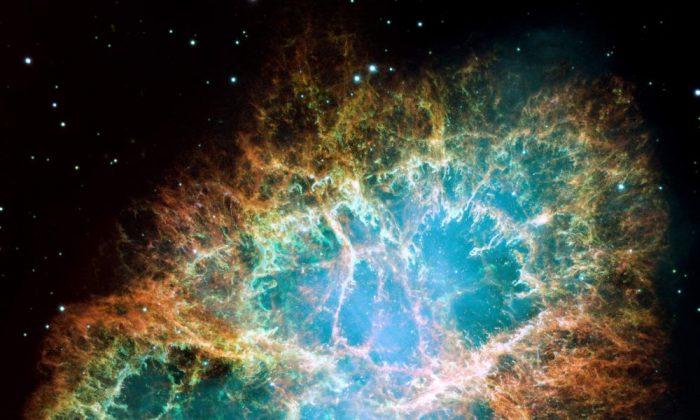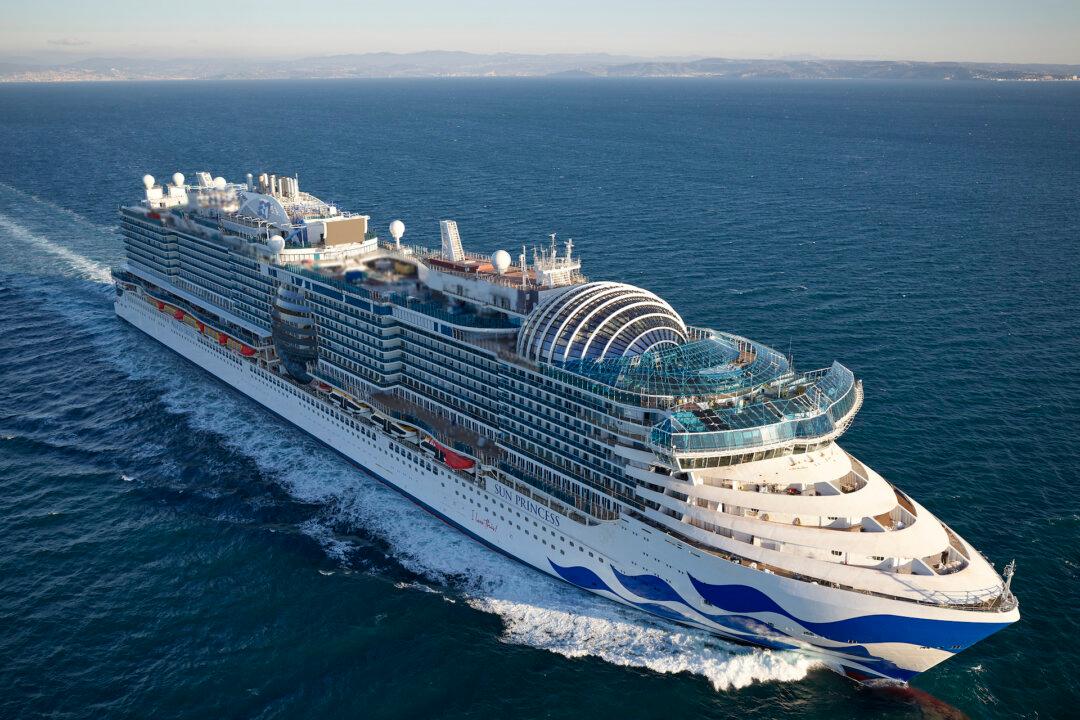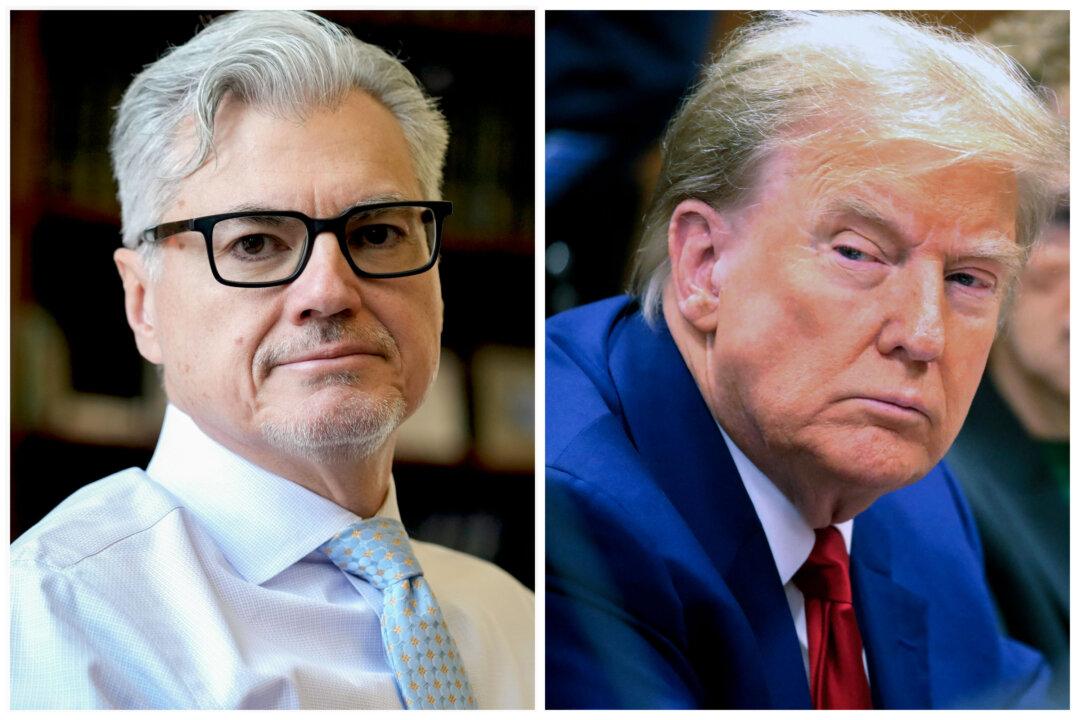The Crab Nebula has a noble gas molecule, researchers said this week, noting that the find is startling because it has been assumed noble gas molecules don’t occur in space. The Crab Nebula is the remnants of a star that exploded 1,000 years ago.
Researchers, who made the find with Europe’s Herschel Space Observatory, said the molecule was argon hydride. A press release from Cardiff University said that before this “discovery, molecules of this kind have only been studied in laboratories on Earth.”
Noble gases--including helium, argon, radon, and krypton--don’t react easily with other chemical elements, and are mostly found on by themselves, rarely forming molecules.
The university said that the gases can form molecules with other elements if certain circumstances permit. However, these chemical compounds are only found in laboratories on Earth.
In the past scientists, have assumed that the molecules don’t occur in space.
“The Crab Nebula was only formed 1000 years ago when a massive star exploded”, stated Dr. Haley Gomez of Cardiff University’s School of Physics and Astronomy.
“Not only is it very young in astronomical terms, but also relatively close, at just 6,500 light years away, providing an excellent way to study what happens in these stellar explosions. Last year, we used the European Space Agency’s Herschel Space Observatory to study the intricate network of gas filaments to show how exploding stars are creating huge amounts of space dust.”
According to RedOrbit, the researchers measured areas of cold dust and gas and found the chemical fingerprint of argon hydride ions.
Professor Mike Barlow from University College London said he did not initially try to make the discovery, noting he found it almost by accident.
“At first, the discovery of argon seemed bizarre. With hot gas still expanding at high speeds after the explosion, a supernova remnant is a harsh, hot and hostile environment, and one of the places where we least expected to find a noble-gas based molecule,” he said.
The Crab Nebula--which has a diameter of 11 light-years--is located in the Taurus constellation, located some 6,500 light-years from Earth. The formation of the nebula corresponded to a supernova that was observed by astronomers in China in 1054 AD.
Gomez said that the Crab Nebula is “very young in astronomical terms, [and] also relatively close, at just 6,500 light years away, providing an excellent way to study what happens in these stellar explosions.”





